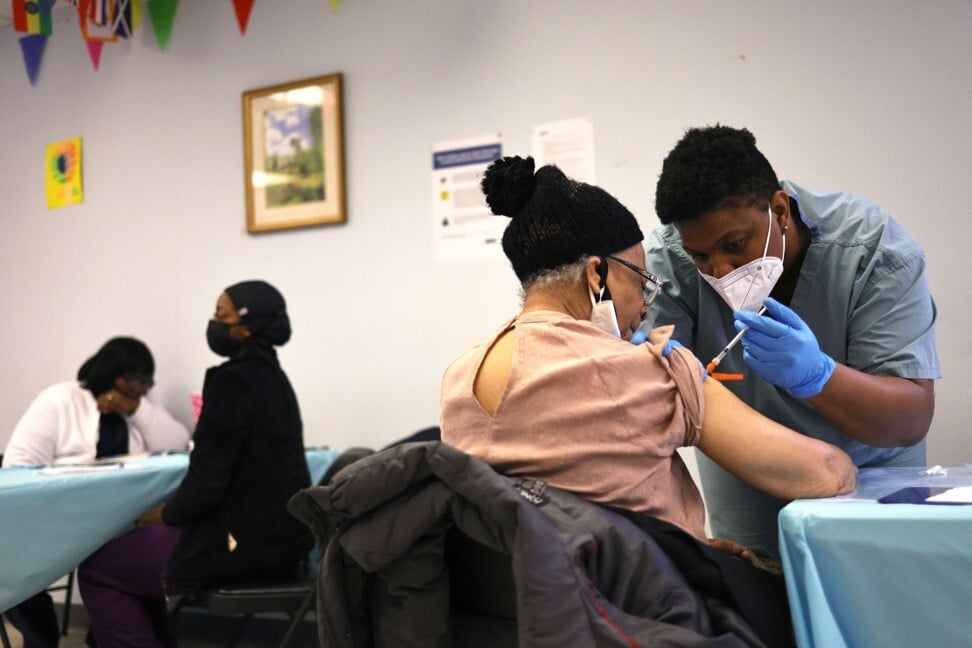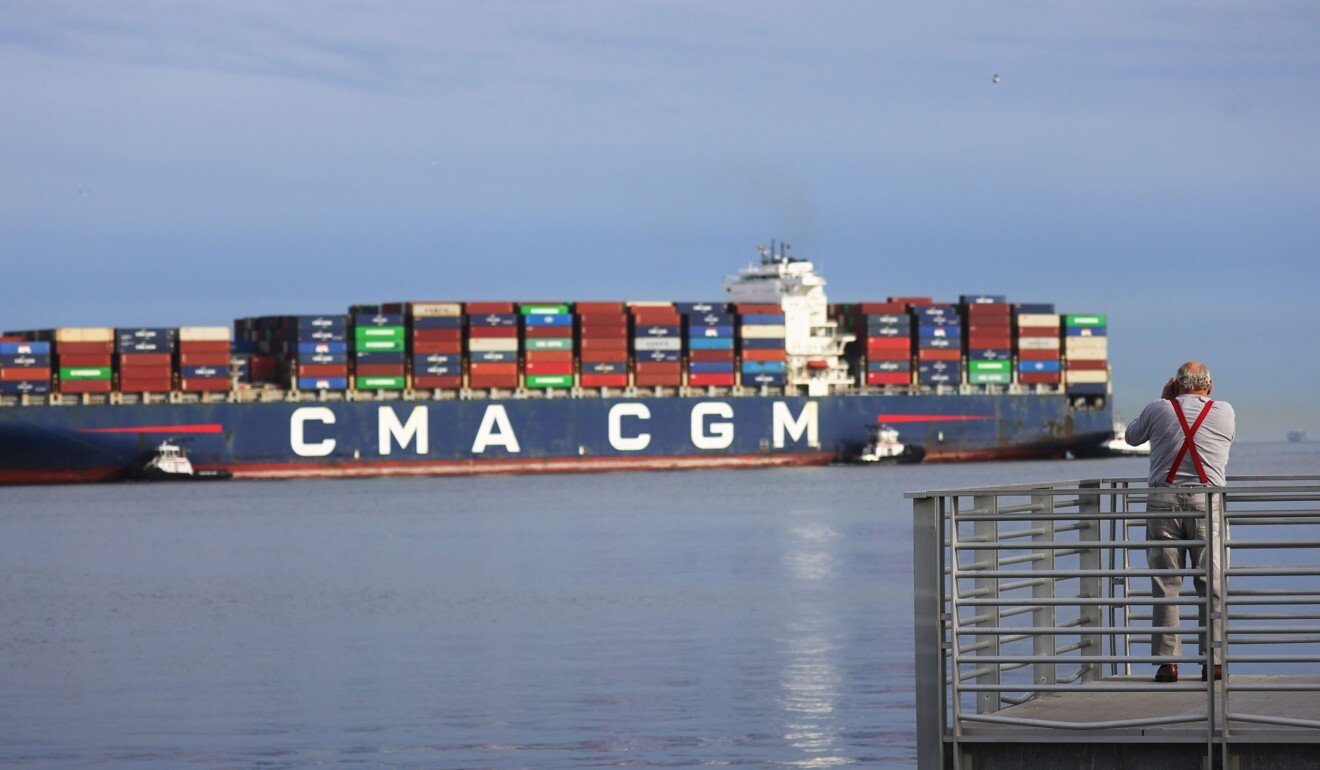
Coronavirus vaccinations: even herd immunity may not revive America’s lost consumer spending
- The US government’s massive stimulus has helped to revive retail sales, but only in certain categories
- Notwithstanding the release of pent-up demand for consumer durables, face-to-face services, including food and entertainment services, show signs of lasting damage
As the second vaccine shot went into my arm, I could almost taste the instant gratification of deferred desires. Having done without for nearly a year, it was time to indulge.
And with the end of the Covid-19 nightmare, goes the argument widely discounted in financial markets, long-deprived US consumers can finally relax and enjoy the glorious V-shaped recovery.
If only. The concept of pent-up demand is well studied in economics. While it typically applies to the consumption of durable goods – cars, furniture, appliances, and the like – it has also been used to describe residential construction activity and business investment in plants and equipment.

The idea rests on a basic premise of dynamic demand models known as the “stock-adjustment” effect: an unexpected development that prompts a deferral of spending on long-lasting items with a finite lifetime does not mitigate obsolescence (physical or technological) and the associated need for replacement. It follows that once the interruption ends, a surge of postponed, or pent-up, replacement demand can spark economic recovery.
Typically, the bigger the shock and the associated deferral of replacement demand, the stronger the rebound. I tell my students to imagine a big rubber band: the more you pull it, the greater the snapback when you release it.
This works well in explaining the temporary impact of what economists call exogenous shocks like natural disasters, strikes, political upheavals and wars. It works less well for shocks that can cause lasting economic scarring – like financial crises and, yes, pandemics.
What 500 years of history tells us about the economic impact of pandemics
Recent trends in US consumer spending suggest that the natural forces of pent-up demand may largely be spent. Over the final eight months of 2020, the post-lockdown rebound of durables consumption was fully 39 per cent greater than what was lost during the lockdown in March and April.
As a result, durables consumption rose to 8.25 per cent of gross domestic product in the second half of 2020 – the highest share since early 2007 and well in excess of the 7.1 per cent average over the 2008-19 period.

At that point, however, pent-up demand should be exhausted. This is even more apparent when assessing the extraordinary power of the recent surge in consumer durables relative to pent-up demand cycles in the past.
Since the early 1990s, recoveries in personal consumption have been relatively muted. But in the seven cyclical expansions from the mid-1950s through to the early 1980s, the release of pent-up demand boosted consumer durables’ share of GDP by 0.6 percentage points, on average, in the four quarters following business cycle troughs.
Covid-19 resurgence will be a mere hiccup in China’s economic recovery
From this perspective, the recent increase in consumer durables’ share of GDP of fully 1.35 percentage points, from the 6.9 per cent low hit in the first quarter of 2020, is all the more extraordinary. At more than double the earlier cyclical norm, it is all the more unsustainable.

03:14
‘Heartbreaking milestone’: US President Biden marks 500,000 Covid-19 deaths at candlelight event
So does recent data showing signs of scarring in the services sector – especially in activities that require face-to-face contact, such as travel, leisure and entertainment.
Vaccines or not, face-to-face interactions are at odds with a now deeply-ingrained awareness of personal health risks that will most likely influence consumer behaviour for years to come.
That’s what the numbers show. Unlike the powerful rebound of consumer spending on durables, the post-lockdown rebound of services from last May to December recouped just 63 per cent of what was lost during March and April.
Unsurprisingly, services, which make up just over 60 per cent of US consumption, are being held back mainly by face-to-face activities such as transport (travel), recreation (leisure), and restaurant dining.
Collectively, these three spending categories, which accounted for fully 61 per cent of the lockdown-induced plunge in total consumer services, remain 25 per cent below their peak in the fourth quarter of 2019.

This same hesitation in consumer services demand is mirrored by comparable trends in the US labour market. While there has been a significant rebound of hiring since lockdowns were lifted last spring, total nonfarm jobs remain 9.9 million below the February 2020 peak.
Again, the reason is hardly surprising. Fully 83 per cent of that shortfall has been concentrated in face-to-face private services such as transport, leisure and hospitality, accommodation, food services, retail trade, motion pictures and sound recording, and non-public education. New research points to more of the same: post-Covid-19 headwinds in services are likely to be an enduring feature of the US labour market.
So, notwithstanding the predictable release of pent-up demand for consumer durables, face-to-face services show clear evidence – in terms of both consumer demand and employment – of permanent scarring.
Consequently, with the snapback of pent-up demand for durables nearing its point of exhaustion, the recovery of the post-pandemic US economy is likely to fall well short of vaccine development’s “warp speed”.
Stephen S. Roach, a faculty member at Yale University and former chairman of Morgan Stanley Asia, is the author of Unbalanced: The Codependency of America and China. Copyright: Project Syndicate

